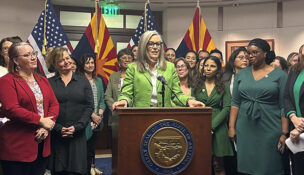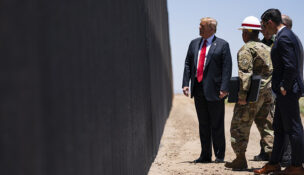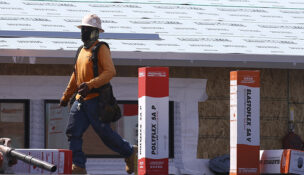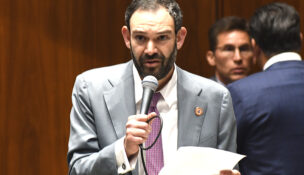State awards photo-enforcement contract
Arizona Capitol Reports Staff//July 18, 2008//[read_meter]
Arizona's hasty drivers are a car-length closer to finding a surprise in their mailboxes after the state awarded a Scottsdale-based business the contract to monitor freeways and highways with 100...
No tags for this post.

















